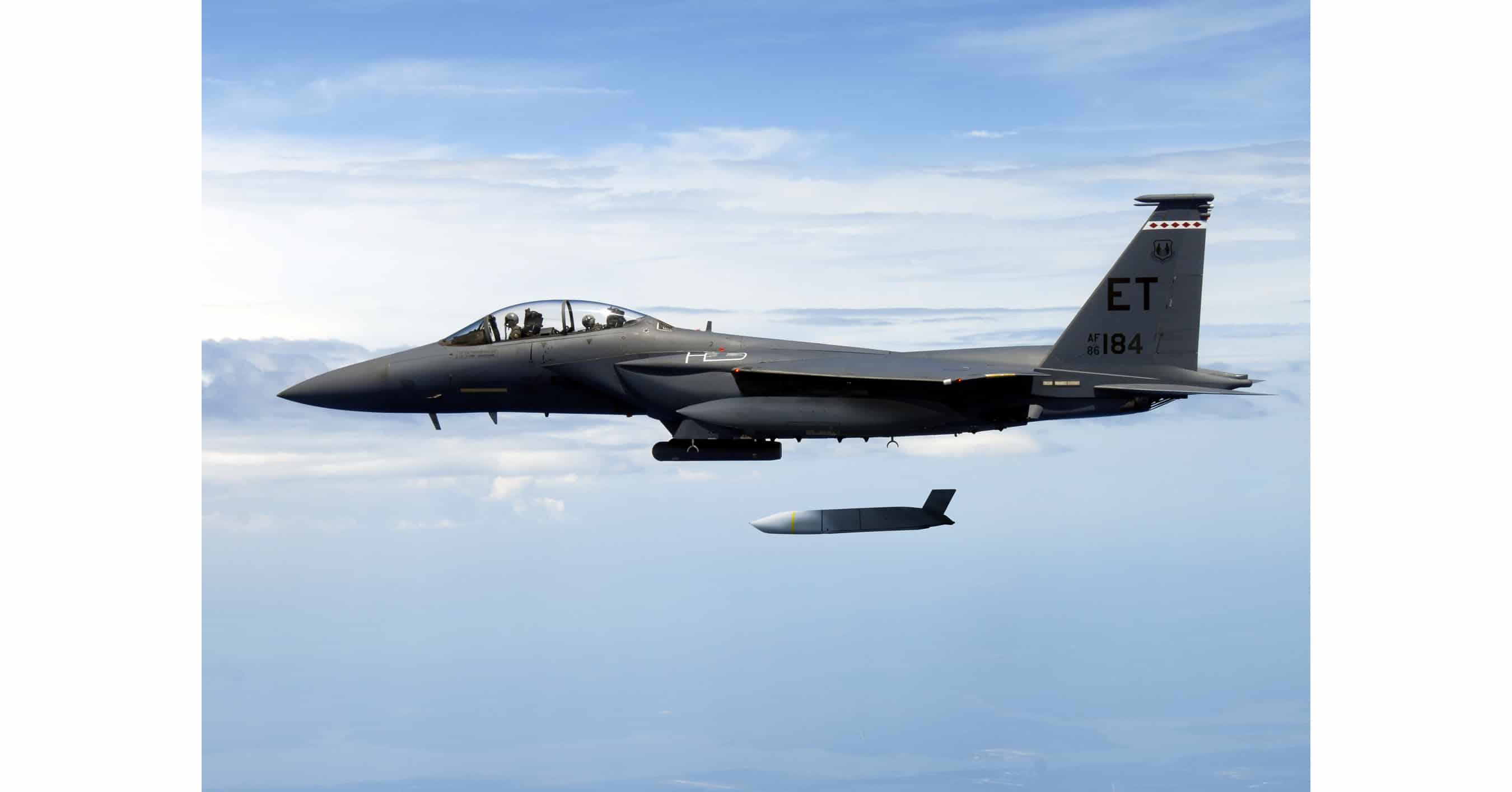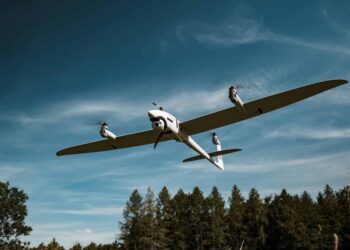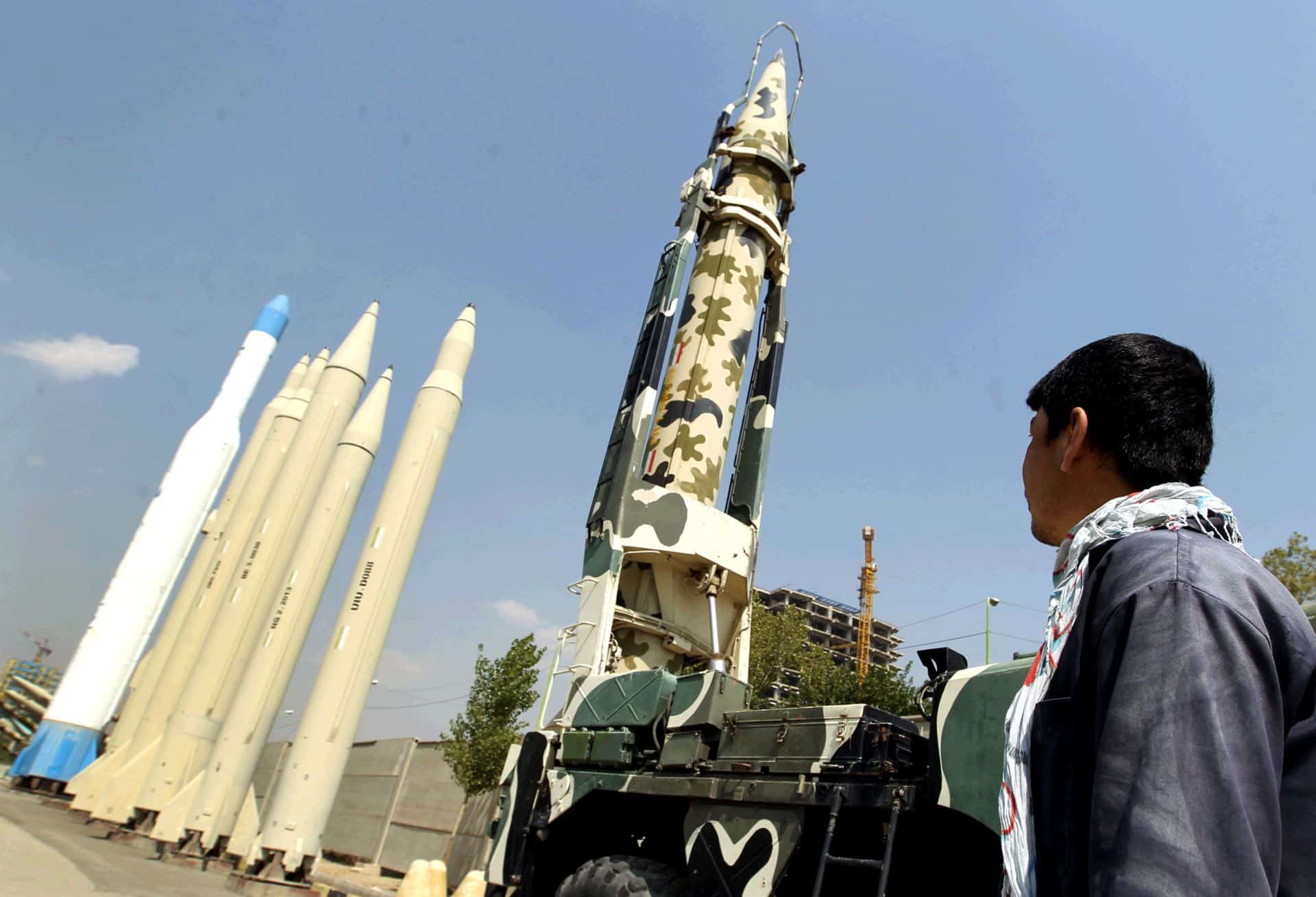The Air Force, the Navy, and the Marine Corps had gaps between the actual numbers of fighter pilots and authorizations (i.e. funded positions) in fiscal years (FY) 2013 through 2017.
In FY 2017 the Air Force’s gap was the widest at 27 percent of authorizations (see fig. above) and is projected to continue through FY 2023.
The Marine Corps’ gap grew from 6 percent in FY 2006 to 24 percent in FY 2017; it is concentrated in fighter pilots below the rank of major.
While the Navy did not have comparable data, it had a gap at fighter pilots’ first operational tours that grew from 12 percent in FY 2013 to 26 percent in FY 2017, and Navy officials stated it could increase through mid-2019.
Service officials attributed these gaps to aircraft readiness challenges, reduced training opportunities, and increased attrition of fighter pilots due to career dissatisfaction. To help increase fighter pilot numbers, the military services are taking actions, including increasing the amounts of financial incentives to retain pilots.
The military services have not recently reevaluated squadron requirements to reflect increased fighter pilot workload and the emergence of unmanned aerial systems (UAS). According to service guidance, squadron requirements are to be reviewed on a 2-year schedule and to be updated as conditions change (in June 2017 the Navy revised its guidance to extend its schedule from 2 years to 5 years).
However, service officials acknowledged that they have not updated all squadron requirements within the last 2 years. These officials stated that the requirements have not been reevaluated because existing conditions do not warrant the change. However, fighter pilots and squadron leaders interviewed at locations GAO visited consistently stated that the typical workload has significantly increased in recent years due to, among other things, changes in fighter aircraft tactics and technology and reductions to administrative support in squadrons.
Further, the military services have not assessed the effect of increased reliance on UAS on fighter pilot requirements. The Air Force’s vision for UAS notes that systems will work in tandem with cockpit-operated aircraft and that autonomous technologies will potentially lead to personnel efficiencies.
Without re-evaluating squadron requirements to reflect current and emerging conditions, the nature of the gap may be inaccurate and thus make it difficult for the military services to target strategies to meet their personnel needs.
Why GAO Did This Study
Fighter pilots operate aircraft that are critical to achieving and maintaining air dominance during combat operations. The military services invest significant time and funding to train, compensate, and retain fighter pilots. According to Air Force officials, it costs between $3-$11 million and takes approximately 5 years to develop an individual fighter pilot to lead combat missions.
Senate Report 114-255 included a provision for GAO to review the Department of Defense’s (DOD) management of the fighter pilot workforce. GAO’s report (1) assesses the extent to which the military services had differences in the number of fighter pilots compared to authorizations, and describes any contributing factors as well as initiatives to address the differences, and (2) assesses the extent to which the military services had reevaluated squadron requirements for the number of fighter pilots needed, including consideration of UAS pilot requirements.
GAO analyzed military service personnel data, documentation on service initiatives to address factors contributing to fighter pilot shortages, and service documentation of requirements; met with a non-generalizable sample of fighter pilots at seven locations; and interviewed DOD and service officials.
What GAO Recommends
GAO recommends that the Air Force, the Navy, and the Marine Corps reevaluate fighter pilot squadron requirements. DOD concurred with the recommendations.
Military Personnel: DOD Needs to Reevaluate Fighter Pilot Workforce Requirements (115 downloads)










